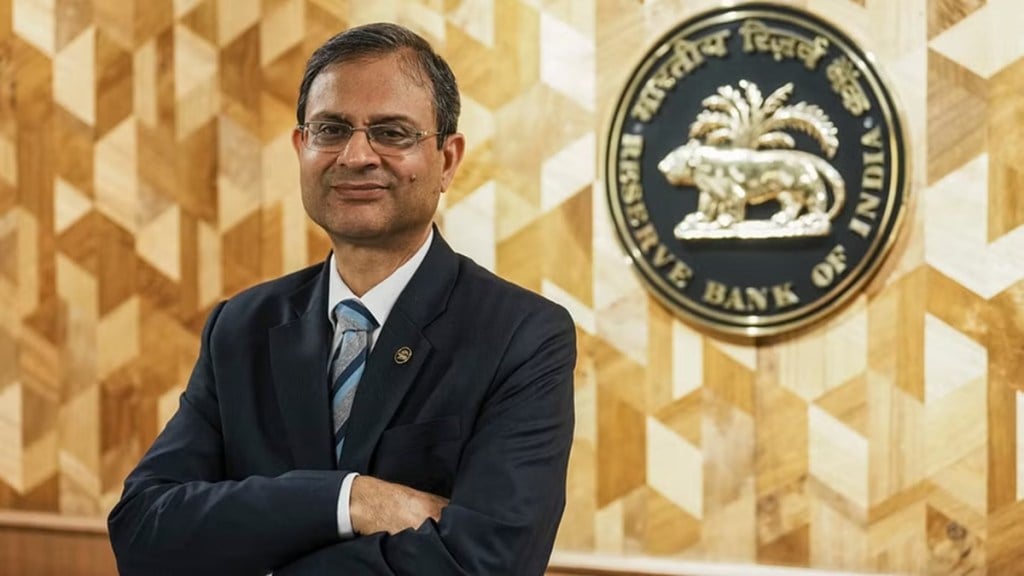India’s flexible inflation-targeting framework has worked “very well,” Reserve Bank of India governor Sanjay Malhotra said on Friday, amid an ongoing review of the 4% target with a tolerance band of +/-2% adopted in 2016.
Speaking at Kautilya Economic Conclave 2025 in Delhi, he said, “…it’s the government which sets the target, not the RBI for itself. The RBI is consulted (on the target) every five years.” The governor made it clear that when it comes to setting the target, the RBI has no independence, but “only a view,” which is communicated to the government.
Balancing Central Bank independence with accountability
“India has done very well in giving the Reserve Bank of India, its central bank, the independence where it’s required, but with accountability features built into it,” the governor said.
Only in the third lever of the framework is how to align the operating target to the policy repo rate, where there is complete flexibility or independence to the central bank, Malhotra said. “And even over here, while there is independence, at the same time there is accountability embedded into it through a report which is to be sent to the government in case successively the target is breached.”
Malhotra also said that the task of the central banks have become more challenging. Rather than just fine-tuning stable economies, they are now required to be “the first line of defence against a series of unprecedented and sometimes overlapping global shocks.”
Navigating global shocks
“This reminds me of an old mariner’s wisdom. You cannot control the storm, but you can certainly steer a ship.” The essence of modern central banking was to navigate through turbulent waters with a steady hand guided by the tasks of price and financial stability, he said.
Malhotara noted that despite geopolitical tensions, oil prices have been uncharacteristically range-bound in the past decade. This, he said, could be due to a decline in oil intensity in GDP, not just in India, but across the world. “Perhaps gold prices now are showing the kind of movement that oil used to, that is acting as a barometer of global uncertainty.”
India’s macroeconomic fundamentals have remained very strong, he said, while highlighting the strong forex reserves, low inflation, narrow current account deficit, fiscal consolidation and strong balance sheets of our banks and corporates.
“The continuity in reforms, momentum adoption of global best frameworks tailored to our domestic needs and national priorities is the combined efforts of the governments, policymakers, regulators, regulated entities. Despite recent odds, the economy seems well settled in equilibrium of resilience,” Malhotra said.
The central bank is confident of GDP growth of 7-8% in the long-term. “India grew about 8% in the last 3-4years. It gives us the confidence of growing 7 to 8% in the long-term. While the primary focus certainly for us is the price stability story, growth also is kept in mind.”


